Digging Ditches with Fred Roumbanis
Ditches are classic pre-spawn bass fishing locations. Fish gravitate to them and use them as a perfect holding spot as the seasons switch from winter to spring and bass have spawning on their mind. They use them as highways as they move from their winter haunts to the shallow flats and backwaters to spawn each year.
Major League Fishing pro Fred Roumbanis is always on the hunt for a good ditch, drain, or whatever you call it in your region, whether he’s at home on Arkansas’ Lake Dardanelle or fishing a new body of water for a Bass Pro Tour event.
What’s a Ditch?
Ditches and drains are words that can be used interchangeably depending on where you live, as they are nearly the same thing. Ditches and drains both serve as routes for water runoff into the lake and have slightly deeper water than the bottom around them. On shallow riverine fisheries such as Lake Dardanelle in Arkansas, it could be a two foot difference in a big flat, or on deeper reservoirs like California’s Lake Shasta, it could be much more significant. In Texas, most call them drains and they are well-known on lakes like Sam Rayburn, where finding them surrounded by grass is a time-tested way to catch pre-spawn bass.
No matter where they are or what you call them, bass use them as they migrate from deep to shallow water every spring.
“Every year bass stage in the ditches before they spawn,” said Roumbanis. “It’s the last stop before they progress to shallow water. The key to finding these ditches is studying your maps and using your electronics to find them and it could be a very subtle area; even a two or three foot depth change that the fish are relating to can be loaded with fish.”
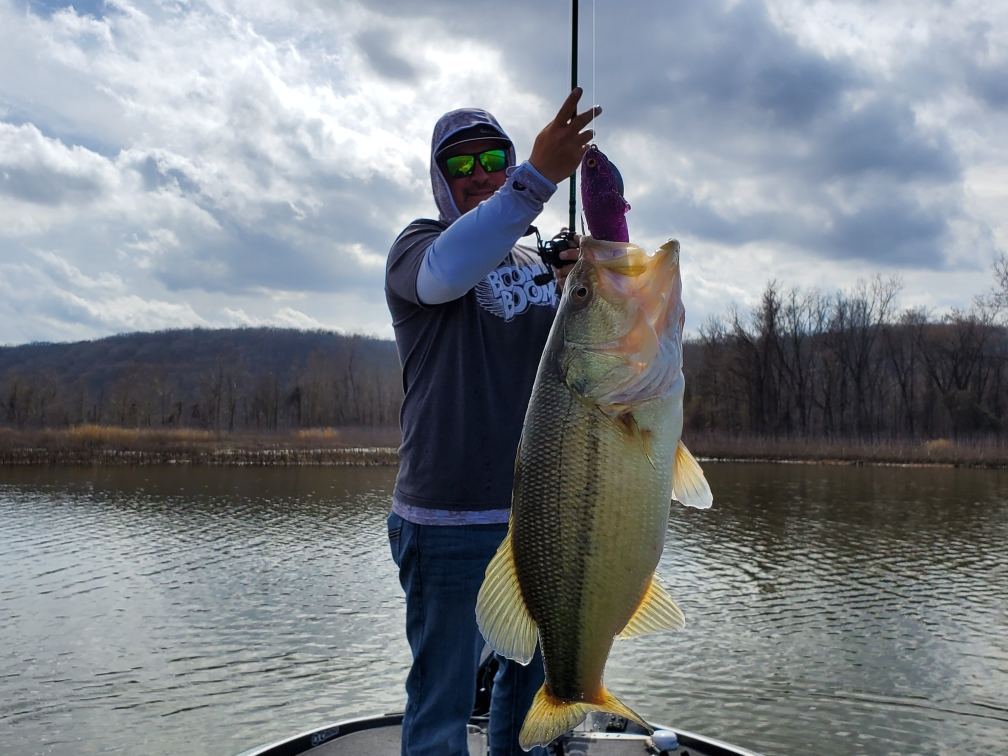
Roumbanis will also work backward to find the best ditches on a body of water, either relying on his knowledge of a lake and where they spawn or making an educated guess for a new body of water.
“If it’s your home lake and you know where they spawn every year, you can look deeper to find those ditches,” he shared. “You know where the bass are headed and can look for interception points between there and deeper water. On new waters, I’ll look for flats and hard bottom areas in shallow water, whether it is lily pad stems, docks, or any hard cover and start searching a little further out for the ditches.”
Finding the Sweet Spots
Once Roumbanis locates a ditch, he starts looking for the prime targets within it, as they will hold the bulk of the bass. One nearly automatic ingredient is hard areas within the ditch.
“The hard spots are key and it could be gravel, a shell bed, or a roadbed,” he said. “Those are prime locations for bass and places they pile up before moving shallow each year. Brushpiles are another great location and Garmin Panoptix LiveScope has made it so much easier to find them.”
The region you are fishing in and the lake’s depth, in general, all play into what Roumbanis is looking for.
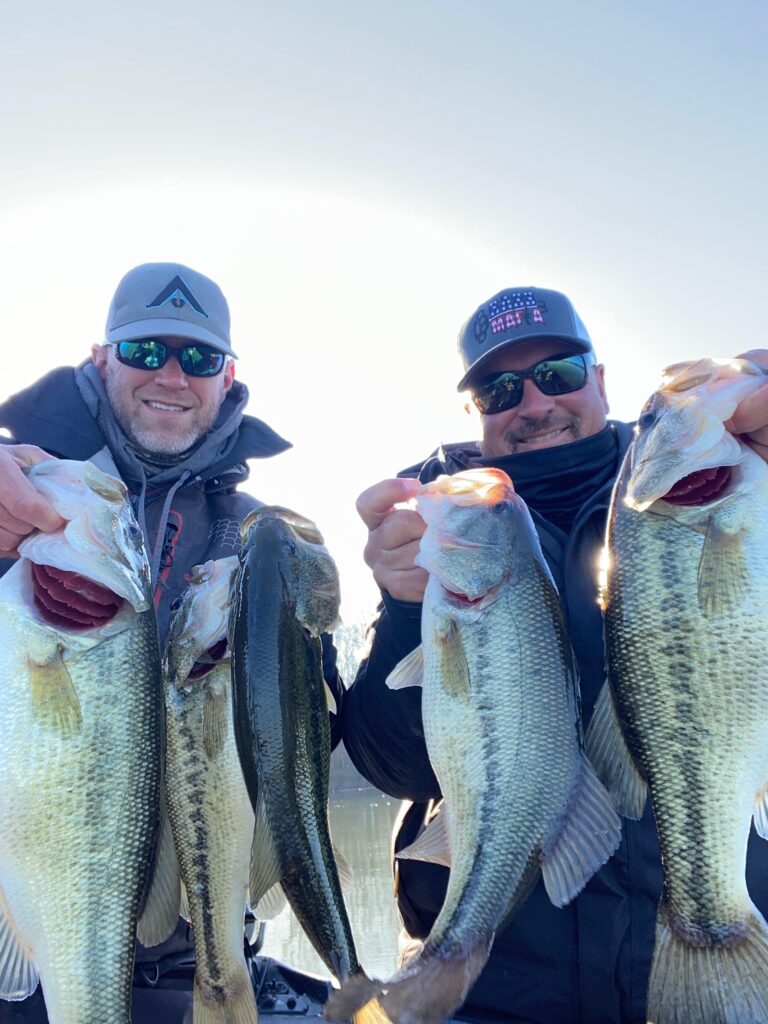
“Lake Dardanelle is a shallow river fishery and the differences are subtle,” he began. “On Rayburn, you are going to be looking for the grass leading into the spawning flats, but finding some hard cover mixed in is even better. In California, where I grew up, it could be fish suspending over trees in deep water, but it’s still a form of hard cover.”
Ditch Fishing Baits
Moving baits are the top baits for Roumbanis early in the year, especially when fishing ditches. He keeps it simple with three primary weapons: an ima Flit 120 jerkbait, ima Suspending Vibration lipless crankbait and his signature series Optimum Baits Boom Boom swimbaits.
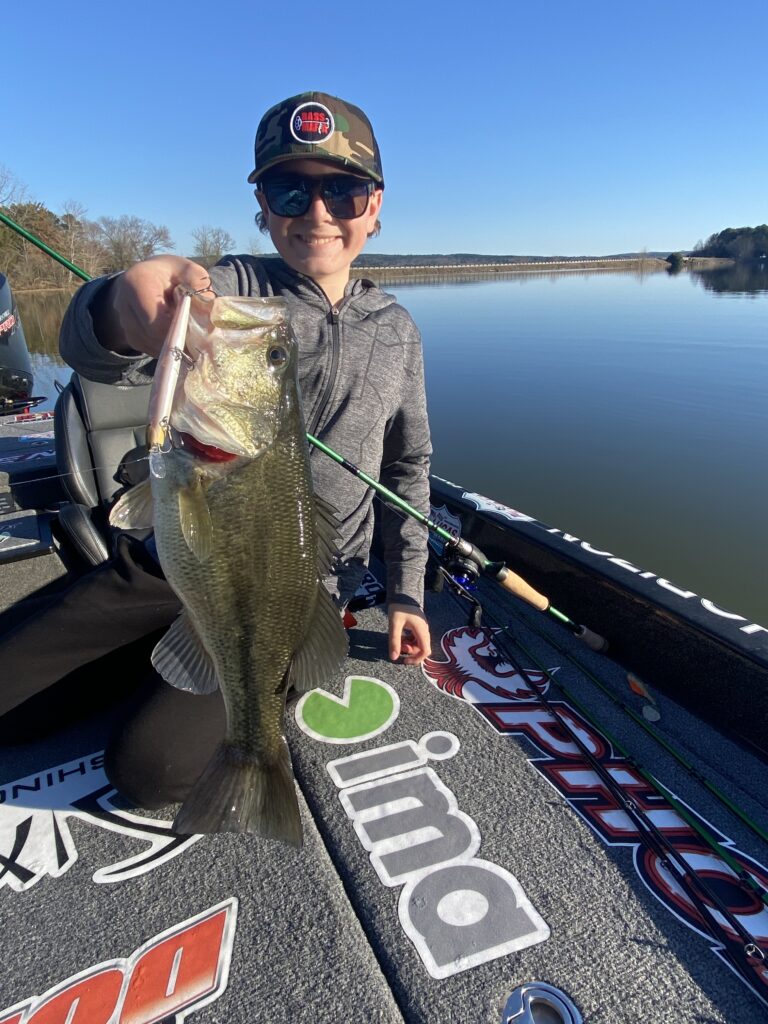
The most significant factor for choosing his lure is the water temperature and Roumbanis typically begins with the jerkbait.
“When the water hits that mark around 48 to 50-degrees, the fish are starting to get active and move along in the ditches,” he said. “That’s when I work the Flit 120 along deeper areas in the ditches and look closely for any brushpiles. The Flit is great because it will dive down a little deeper than other jerkbaits the same size, and I’m normally fishing the start of the ditches, where the fish can blast back out to deeper water if they need to.”
If grass is present, he prefers the ima Suspending Vibration, a unique lure that fishes like a standard lipless crankbait but also suspends and can be fished with a retrieve similar to a jerkbait.
“It’s great when you want to tick the tops of the grass that’s just starting to grow early in the year,” said Roumbanis. “I’ve also had some really good days fishing it around little shell bars and other hard spots in the ditches and pausing it right after it deflects off of something.”
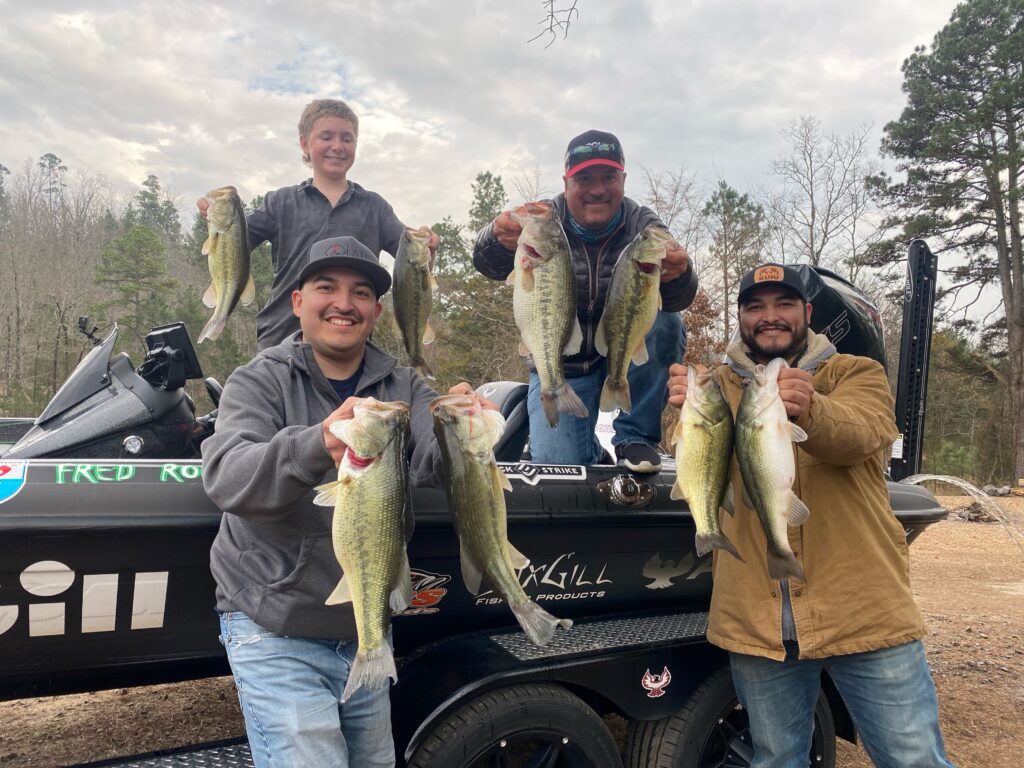
Roumbanis is a noted swimbait fanatic and makes it work for him in all seasons, but a weedless or line-thru version of his Boom Boom swimbait is a top technique for him when fishing for pre-spawn bass.
“Even with water in the 40s, you can catch them either slow rolling it or with a steady retrieve with a little twitch of you handle every once in a while,” he said. “As it gets warmer and the fish get shallow and more active, I pick up the speed with my bait, and sometimes, it seems like you can fish it fast enough.”
He likes black and blue or junebug colors for stained water and switches to more natural colors like Avery Day if the water is a little cleaner. Roumabnis fishes the swimbaits 7’6″ medium heavy Six Gill Fenrir rod with a Six Gill Hamarr reel spooled with 20-pound fluorocarbon line.
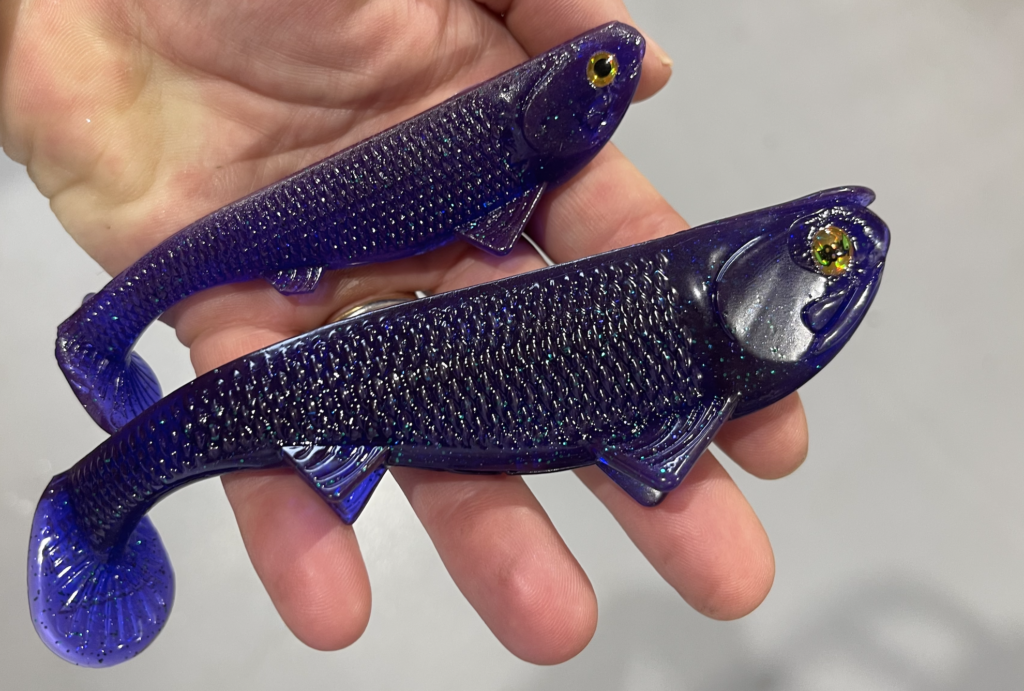
Fishing ditches and drains is a universal way to catch bass, whether shallow fisheries in the southeast, grass-filled lakes in Texas or large fluctuating reservoirs on the west coast. Roumbanis believes they are one of the best areas to find pre-spawn bass if you can find all of the right ingredients and locate the sweet spots within the ditches as bass make their move to spawn.
